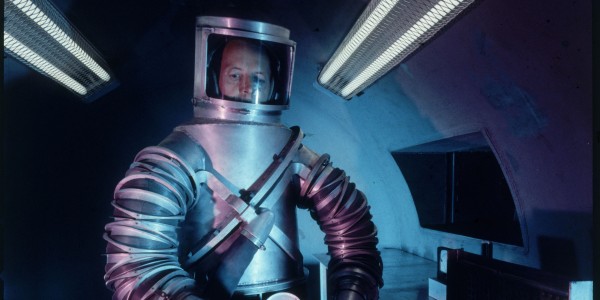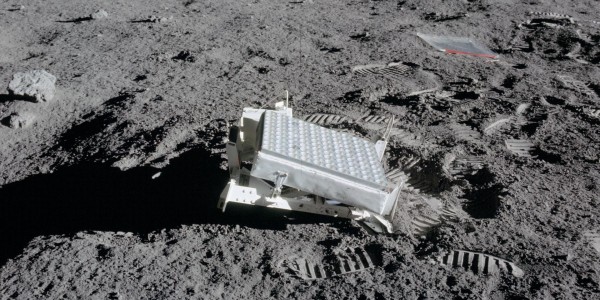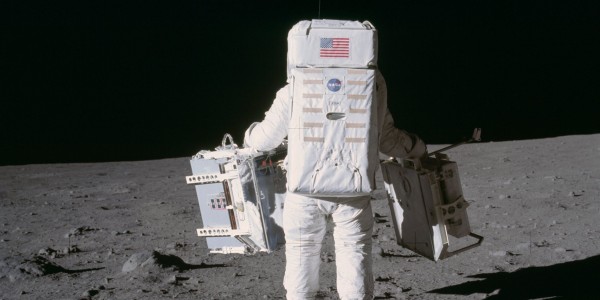Most people remember President Kennedy’s urging the nation to commit itself “to achieving the goal, before this decade is out, of landing a man on the moon and returning him safely to the Earth.” But his inspiring address to a joint session of Congress on May 25, 1961 was more expansive and ambitious.
Kennedy believed it was an opportunity for science and discovery, such as expanding and improving satellite technology for telecommunications and world-wide weather observation.
The Apollo program would provide the opportunity to conduct lunar science. As the competition began within the astronaut corps to determine who might be selected to be part of the first moon mission, a similar competition began within the scientific community: what will be the first scientific experiments chosen for the moon?
Answering the most basic question: What’s the distance?
One potential experiment was of longtime interest in the astronomy community: how far, exactly, was the distance between the Earth and the Moon? The question fascinated scientists for hundreds of years, and even played a major role in Newton’s theory of gravitation when it was published in 1687.
Now, nearly 275 years later, as Apollo was becoming a reality, so was the possibility of finally and accurately answering that eternal question. A lunar ranging experiment could turn the Moon into a “satellite” and, with the right technology, the Earth and the Moon could be able to “talk to one another.”
Coming up with the lunar laser experiment
In the late 1950’s, Dr. James Faller was a graduate student at Princeton University. He was part of a research group led by Professor Robert Henry Dicke, an American physicist who made important contributions to the fields of astrophysics, atomic physics, cosmology and gravity. The students and scientists were studying the use of artificial earth satellites for precision tracking of the star field.
As a result of those discussions, Dr. Faller explored the concept of a lunar laser experiment that could be set up on the moon. He wrote a paper, “A Proposed Lunar Package: A Corner Reflector on the Moon,” envisioning a durable, yet lightweight reflector weighing only two to three pounds that would be deployed on the Moon. A laser beam from Earth would be targeted at the reflector; the instrument would reflect the light back to Earth. The time would be calculated and “permit a precise earth-moon distance measurement to be made.”
When he turned in his paper, Faller hand-wrote at the very top: “Professor Dicke, would you see if this makes any sense?”
Less than a decade later, the world would know how right Dr. Faller’s proposal was.






